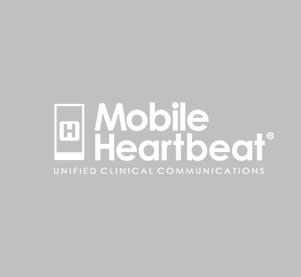During a recent hospital visit, I watched in amazement as an Emergency Department physician stood in front of a WOW (i.e. a “Workstation on Wheels”) and hit the Return key, peered at the screen, hit the Return key again and then continuously repeated. I stood there awestruck for three minutes as the physician tried to coax something out of this “mobile” computer. What was going on here that was so important that the doc was spending valuable time data-diving instead of working with the patient? When I politely asked, the doc frowned and replied, “I’m waiting on a lab result in order to determine whether to admit or discharge a patient. I know it should be available but it’s not, so I just keep hitting the keys and hoping.”
On the way to the facility, one of my favorite bands, Matchbox Twenty, was on the radio and the lyrics from their song, “Waiting on a Train,” then ran through my head:
I’ve been waiting on a train that’ll never come
Hiding from the feeling of believing in someone
Come on, come on
I waited all this time
I couldn’t help but empathize with this clinician standing there waiting and hoping. Why wasn’t this lab result pushed to the clinician as soon as it was made available by the lab? Even more generally, why weren’t all of the physician’s needed information “pushed” instead of requiring the need to continually “pull” the info from an inconvenient location?
So here are the guidelines for moving from “pull” to “push”:
- Put appropriate mobile devices in your clinicians’ hands – smartphones and tablets are cost-effective and may be supplied by the hospital or be the clinician’s personal device (BYOD).
- Connect a Clinical Communications platform to your legacy systems – get the important info out of those silos.
- Make sure that you have an accurate and up-to-date care team directory for each patient – you need to know which clinician should receive info for each and every patient.
- When the info arrives from the legacy system (i.e. a new lab result), “push” the message to the appropriate clinician’s mobile device.
- Close the loop – make it easy for the clinician to let others know that they have received and reviewed the patient-related data.
It’s all about optimizing workflow and putting mobility technology into the hands of clinicians (who, by the way, may be the most highly valuable and truly “mobile” professionals of any industry). Put this in place and your clinical staff will sing a different tune:
Don’t take away the music
It’s the only thing I’ve got
It’s my piece of the rock
Your team will make sure that you never take it away!
Challenge: The first reader who can identify the lyrics song and artist from this tune wins a Starbucks gift card. Email your guess to me at: ron.remy@mobileheartbeat.com


